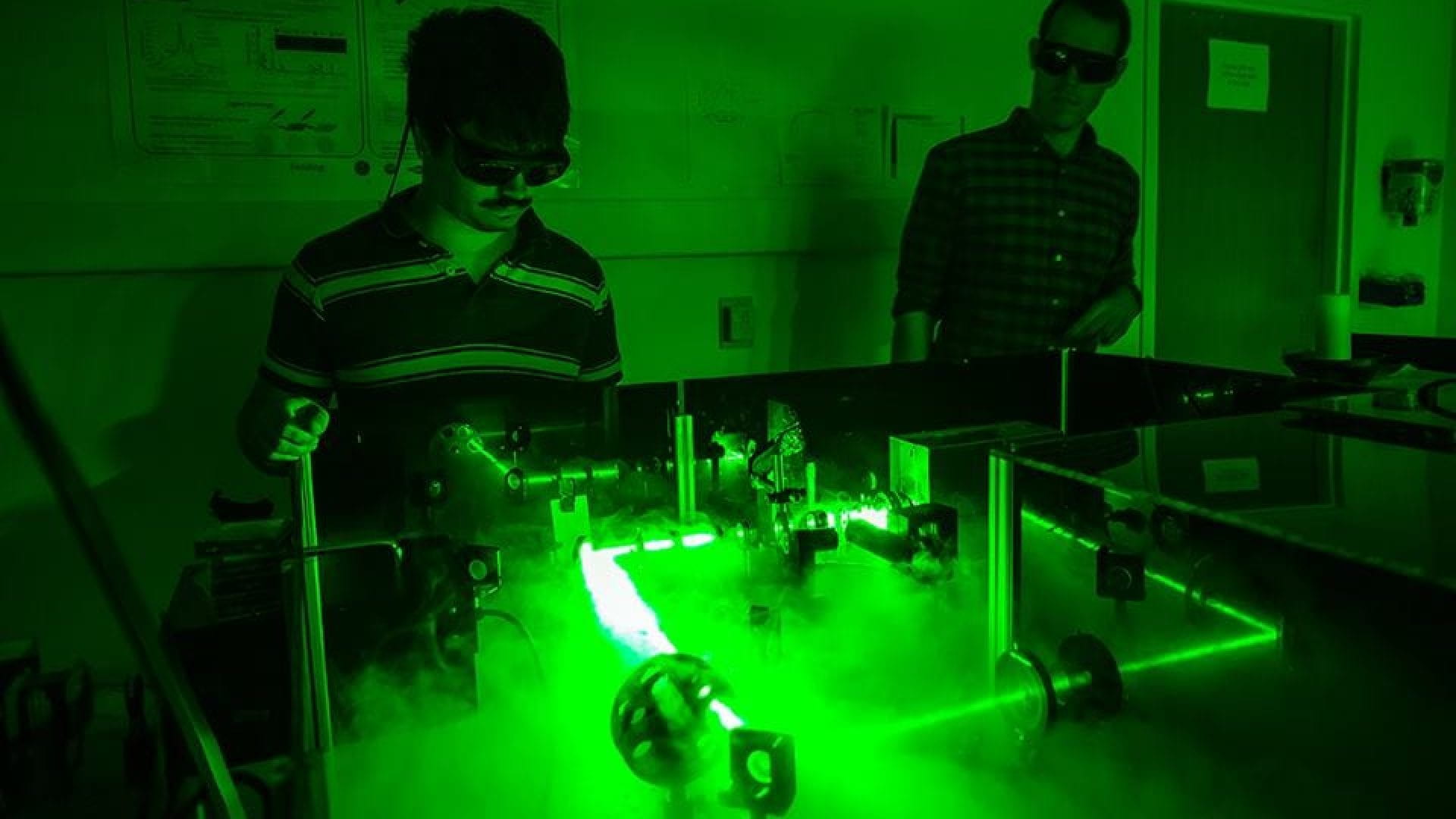 We are an ultrafast spectroscopy group specializing in the development and application of pump-probe, two-dimensional infrared (2D IR), and ultrafast electro-optical spectroscopies to understand how the molecular structures of functional electronic materials influence their charge carrier generation and transport properties. We work closely with device engineering groups to develop design rules for how to develop the next generation of higher performance solar cells and other electronic materials. We recently developed three techniques, ultrafast solvatochromism assisted vibrational spectroscopy (SAVS), photocurrent detected infrared (PDIR) spectroscopy, and infrared detected admittance spectroscopy (IR-AS) that enable us to link molecular information about materials with their corresponding electronic properties. We use these methods to: 1) examine the mechanism of charge photogeneration in emerging photovoltaic materials (organic, colloidal quantum dot, and organo-halide perovskites); 2) elucidate the structure and dynamics of charge traps and their involvement in electron transfer, charge carrier transport, and bimolecular charge recombination in these materials; and 3) study the influence that the dielectric properties of materials have on bimolecular charge recombination and charge transport processes.
We are an ultrafast spectroscopy group specializing in the development and application of pump-probe, two-dimensional infrared (2D IR), and ultrafast electro-optical spectroscopies to understand how the molecular structures of functional electronic materials influence their charge carrier generation and transport properties. We work closely with device engineering groups to develop design rules for how to develop the next generation of higher performance solar cells and other electronic materials. We recently developed three techniques, ultrafast solvatochromism assisted vibrational spectroscopy (SAVS), photocurrent detected infrared (PDIR) spectroscopy, and infrared detected admittance spectroscopy (IR-AS) that enable us to link molecular information about materials with their corresponding electronic properties. We use these methods to: 1) examine the mechanism of charge photogeneration in emerging photovoltaic materials (organic, colloidal quantum dot, and organo-halide perovskites); 2) elucidate the structure and dynamics of charge traps and their involvement in electron transfer, charge carrier transport, and bimolecular charge recombination in these materials; and 3) study the influence that the dielectric properties of materials have on bimolecular charge recombination and charge transport processes.
Education:
- B.S., University of Tennessee, Knoxville, 1996
- Ph.D. Emory University, 2001
- Post-doc, Stanford University, 2005
Honors and Awards:
- DOE Early Career Research Award (2012)
- NSF CAREER Award (2009)
- 3M Non-Tenured Faculty Grant (2008, 2009)
- Eli Lilly Analytical Chemistry New Faculty Award (2007)
- Camille and Henry Dreyfus New Faculty Award (2005)
